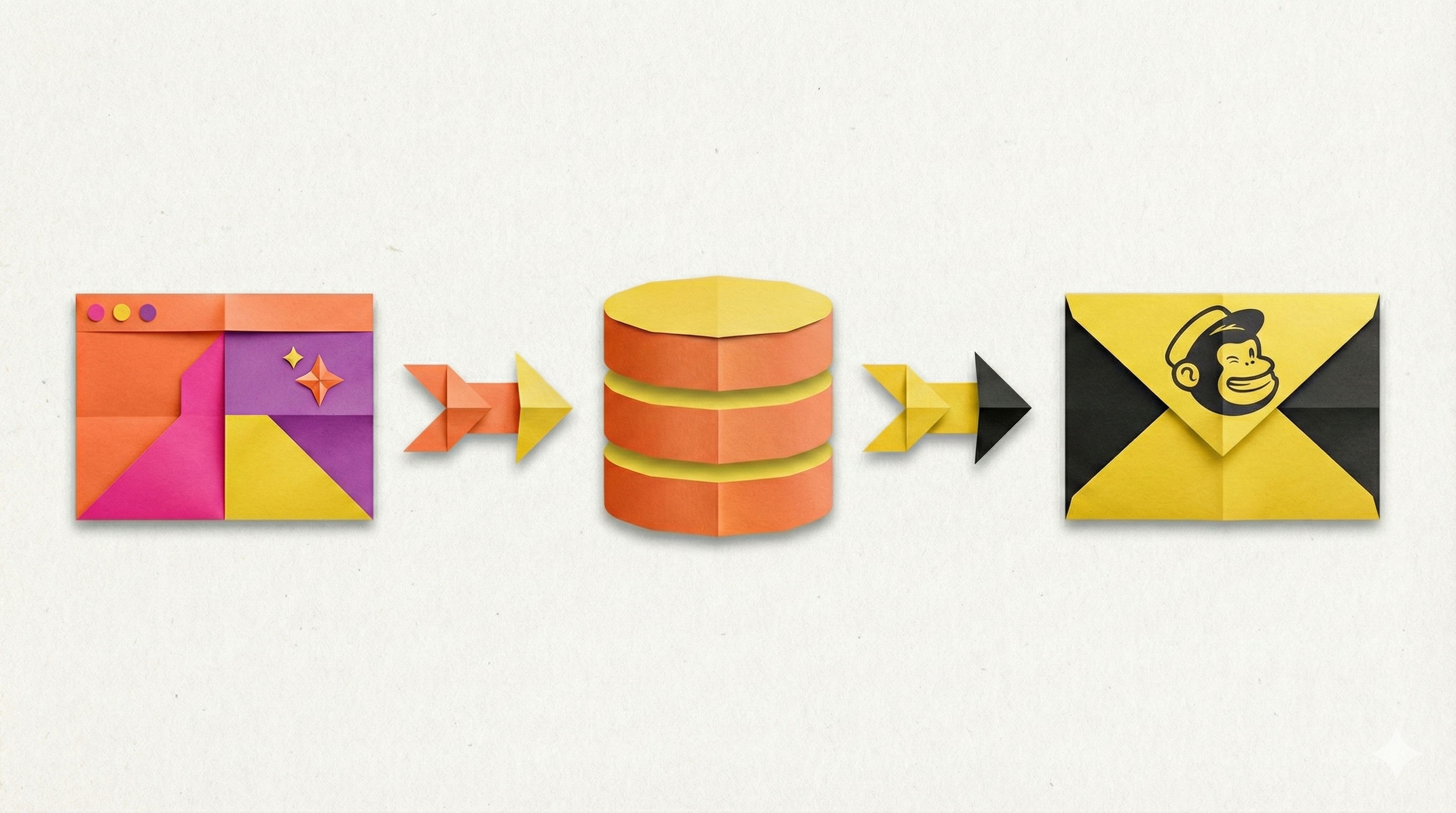Let’s be honest. We’ve all googled something like, “how much sugar is too much sugar,” and immediately gotten a neat little box with the answer, no blog-hopping, no pop-ups, no scrolling through 14 affiliate links for “Best sugar for baking in 2025.”
That, friends, is Answer Engine Optimization (AEO) doing its thangg.
Now imagine the newer, chat-based world. You ask ChatGPT, Perplexity, or even Bing Copilot, “What’s the best no-code tool for launching a landing page?” and boom, out comes a paragraph with a few tool names, one of which is hopefully yours.
That’s Generative Engine Optimization (GEO).
Two different worlds. Same goal: be the answer.
Let’s break it down. Gently.
What the Heck Is Answer Engine Optimization (AEO)?
In the olden days (2022), SEO was about showing up in search results. AEO is about showing up in search answers.
Think of:
- Google’s featured snippets
- FAQ boxes
- Voice assistants (Alexa, Siri)
- Zero-click results
AEO is like the digital version of blurting out the correct answer in class before anyone else even finishes reading the question. You win, you get attention, you get clicks, or sometimes, you just get awareness (which still beats being invisible).
How to play the AEO game:
- Write clear, concise answers to common questions.
- Use headers like “What is…” and “How does…”
- Structure content so it’s easy to extract.
- Add FAQs (yes, like the ones we wrote below).
Basically, format your content so it looks good outside your website, too.
What About Generative Engine Optimization (GEO)?
This one’s newer, messier, and honestly a little weirder.
GEO is how you show up in answers from AI-driven tools like:
- ChatGPT
- Perplexity
- Claude
- Microsoft Copilot
Instead of ranking for keywords, you’re trying to train LLMs to reference you. This isn’t just “get backlinks and pray.” It’s more like, “make your content so useful and well-structured that when these bots are trained, they remember you fondly.”
How to play the GEO game:
- Be original. Generative engines don’t like regurgitated fluff.
- Get mentioned on reputable sites (news, tech blogs, etc.).
- Use simple, specific language.
- Think “teaching the robot” instead of “selling to a human.”
Bonus tip: Some LLMs crawl certain sites (like Wikipedia or news publications). If you or your product gets mentioned there, congrats, you’ve got street cred in Botville.
Why This Matters for Startups
Let’s say you’re building a smart toothbrush for dogs (please don’t, but okay). If someone asks:
“What’s the best dog toothbrush with Bluetooth?”
You don’t want to be result #8 on Google. You want to be:
- The snippet that says, “The best smart toothbrush for dogs is BarkBrush.”
- The name that pops up when someone asks a chatbot.
- The answer.
AEO gets you on the front page.
GEO gets you into the conversation.
So…Do You Need AEO or GEO?
Short answer: both.
Longer answer: If you’re:
- Publishing content
- Building a product
- Explaining anything online
- Hoping someone finds you without a sales call
Then yes, you should care. Especially in a world where people ask questions more than they type keywords.
This isn’t the future. It’s what’s already happening while you’re still fiddling with footer links.
Key Takeaways
AEO and GEO aren’t just buzzwords anymore. They’re survival tools for being visible in how people search and ask today. If you’re not showing up in answer boxes or chatbot replies, you’re not part of the conversation.
Startups can’t afford to be invisible. You don’t need a massive content team, you just need to be intentional. Write clearly. Answer real questions. Make it easy for both humans and machines to understand what you’re about.
Because when people ask, the internet will answer.
Make sure it says your name.
FAQs:
1. What is Answer Engine Optimization (AEO)?
AEO is the process of structuring content so it appears in direct answers on search engines, like featured snippets, FAQ boxes, and voice search responses.
2. What is Generative Engine Optimization (GEO)?
GEO focuses on getting your content mentioned in responses generated by AI tools like ChatGPT, Perplexity, or Copilot. It’s about being part of the AI-generated conversation, not just traditional search.
3. How is GEO different from SEO or AEO?
While SEO targets rankings and AEO targets featured answers, GEO optimizes for visibility in AI-generated content. It requires clear, original, authoritative writing that AI models can learn from or cite.
4. Why are AEO and GEO important for startups?
Startups need visibility, fast. AEO and GEO help your brand show up in the exact moments when potential users are searching or asking about your category, product, or niche.
5. How can I optimize my content for both AEO and GEO?
Use clear, structured language, answer common questions, write original content, and aim to be referenced by reputable sites. Add FAQ sections and keep things simple and scannable.
Related Posts
View All Posts »How to Use an AI Landing Page Builder With Mailchimp Email Marketing
Learn how to build a webinar email capture landing page with JDoodle.ai, store registrations in a built in database, and sync everything to Mailchimp for automated reminders and newsletters.
17 Powerful APIs You Can Integrate with JDoodle.ai
A curated list of 17 popular APIs you can connect to JDoodle.ai using API keys and simple prompts, plus examples of exactly what to build with each.
Top 5 No-Code App Builders with a Built-In Database (2025)
If you're building a real app not just a form you need more than a spreadsheet. Here are five no-code app builders that include built-in databases so you can launch faster.





